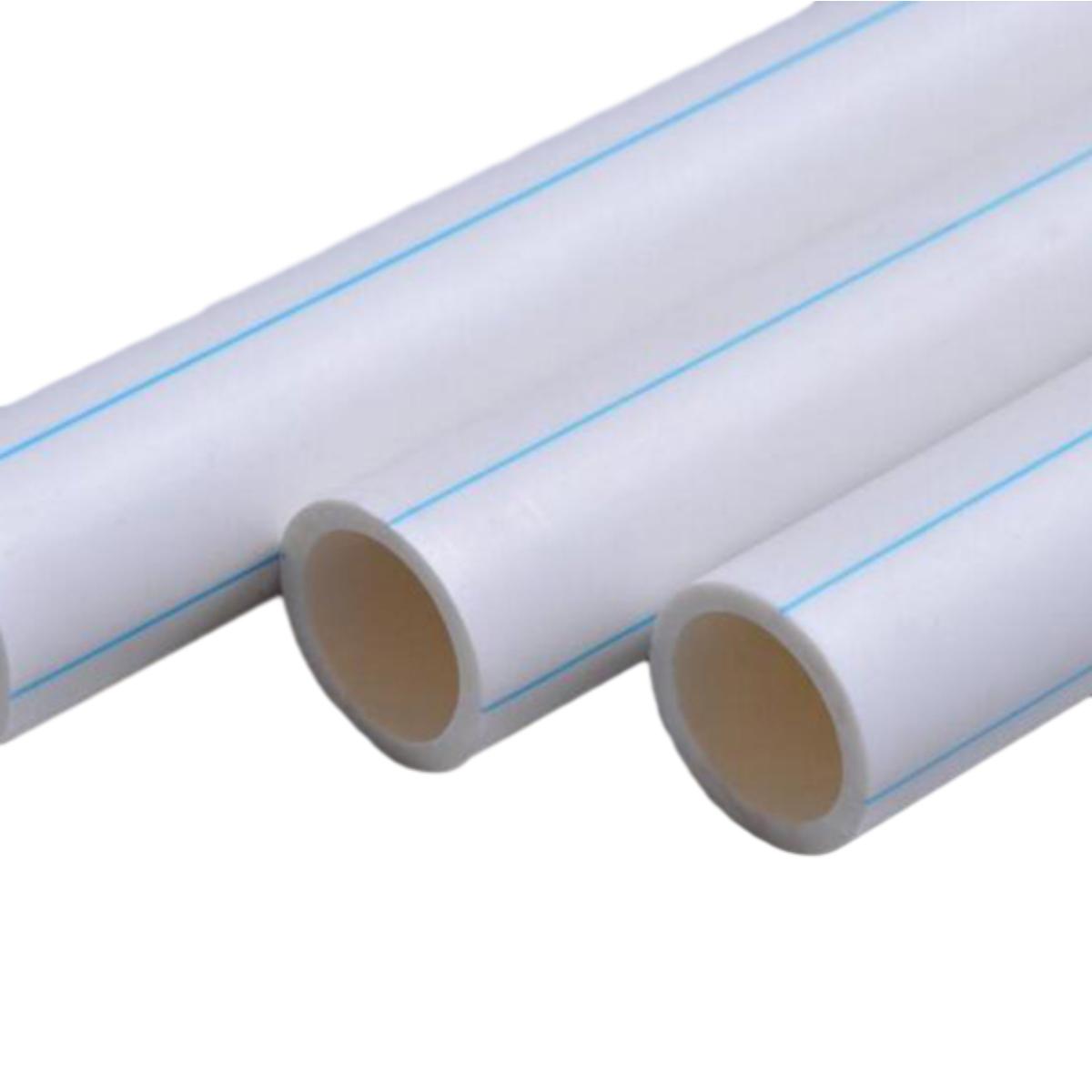Jul . 27, 2024 20:10 Back to list
Understanding the Applications and Benefits of PVC Pipe in Plumbing Systems and Installations
What is PVC Pipe Used for in Plumbing?
PVC pipe, or polyvinyl chloride pipe, is a popular choice in plumbing systems due to its versatility, durability, and cost-effectiveness. Commonly recognized as the white or cream-colored pipe found in many residential and commercial plumbing applications, PVC plays a vital role in transporting water, sewage, and other liquids. Understanding the various uses of PVC pipe in plumbing can help homeowners and builders make informed decisions when designing or repairing plumbing systems.
One of the primary uses of PVC pipe in plumbing is for water distribution. Many residential plumbing systems utilize PVC pipes to transport clean drinking water from the main water supply to fixtures such as sinks, toilets, and showers. The material’s non-corrosive properties make it ideal for this purpose, as it does not react with water or other chemicals, ensuring that the water remains safe for consumption. Additionally, PVC pipes are lightweight and easy to handle, which simplifies the installation process.
What is PVC Pipe Used for in Plumbing?
In addition to water supply and drainage, PVC pipes are also utilized in venting applications. Plumbing systems create pressure and require ways to release gases or air. PVC vent pipes allow sewer gases to escape, preventing harmful backflows into the home. Proper ventilation is crucial in maintaining the efficiency of plumbing systems and ensuring a safe indoor environment. Using PVC for venting helps ensure these systems are durable and compliant with building codes.
what is pvc pipe used for in plumbing product

Another significant advantage of PVC pipe is its resistance to corrosion and biological growth. Unlike metal pipes which can rust and corrode over time, PVC is unaffected by rust and resistant to many chemicals, including those commonly found in household cleaners. This characteristic extends the lifespan of plumbing systems and lowers maintenance costs, making PVC an economical option in both residential and commercial settings.
The integrity of any plumbing system relies heavily on reliable joints and fittings, and PVC pipes excel in this area as well. They can be easily joined with solvent cement, forming strong connections that are watertight and leak-resistant. This feature not only enhances the overall reliability of the plumbing system but also speeds up installation, as contractors can quickly assemble the piping network without elaborate fittings or welding.
Although PVC pipes and fittings have various applications in plumbing, it is crucial to use the correct type of PVC based on the intended application. For instance, Schedule 40 PVC is typically suitable for most water supply and drainage applications, while Schedule 80 PVC is recommended for high-pressure situations. Ensuring the proper selection of pipes helps prevent leaks, failures, and other plumbing issues.
In conclusion, PVC pipes are a fundamental component of modern plumbing systems. Their applications range from water distribution and drainage to venting, offering solutions that are durable, resistant to corrosion, and cost-effective. As homeowners and builders increasingly seek efficient plumbing solutions, understanding the advantages and uses of PVC pipe will continue to promote its role in ensuring safe and effective water management in households and commercial properties.
-
Durable DN100 PVC Well Casing Pipes for Reliable Water Supply
NewsAug.16,2025
-
HORON 25mm PPR Plumbing Pipes: Durable, Leak-Proof Water Systems
NewsAug.15,2025
-
Durable UPVC Column Pipes for Submersible Pumps | Efficient Water Flow
NewsAug.14,2025
-
DN100 PVC Well Casing Pipes - Durable & Corrosion-Resistant
NewsAug.13,2025
-
Flexible 32mm HDPE Pipes in Coil | Durable Water & Gas Lines
NewsAug.12,2025
-
DN50 HDPE Pipes in Coils: Flexible, Durable & Easy Install
NewsAug.11,2025

